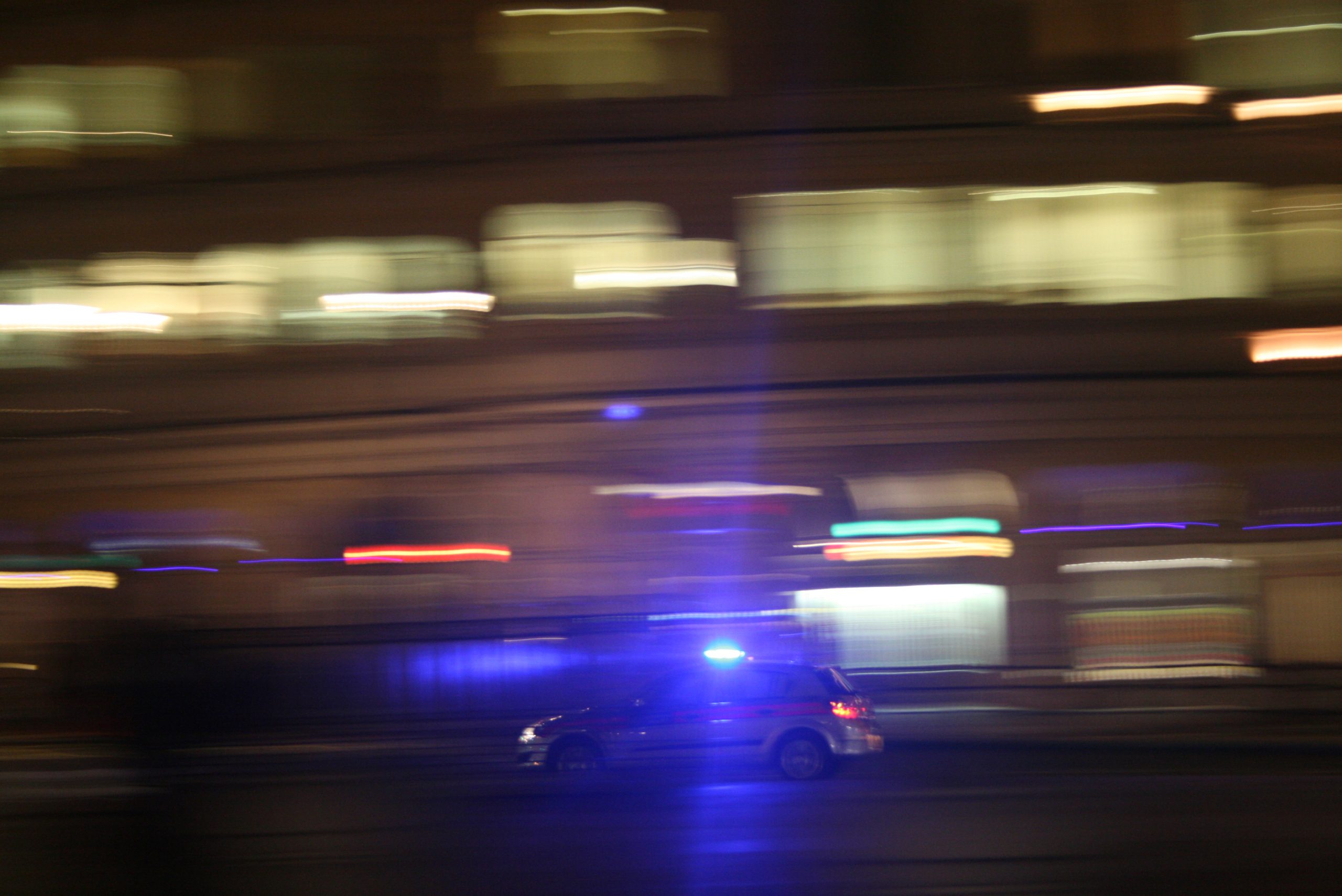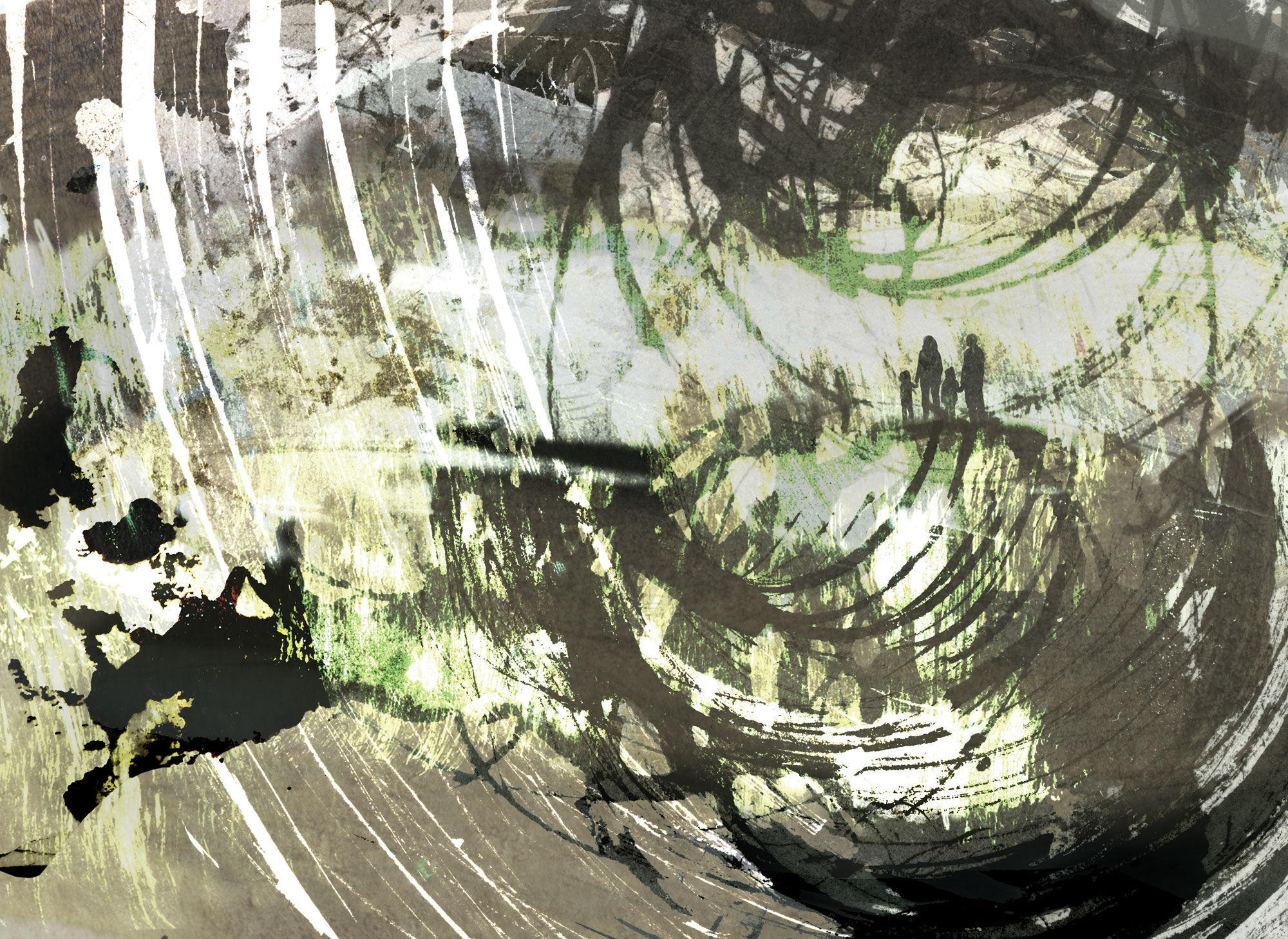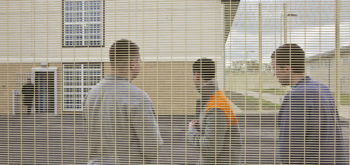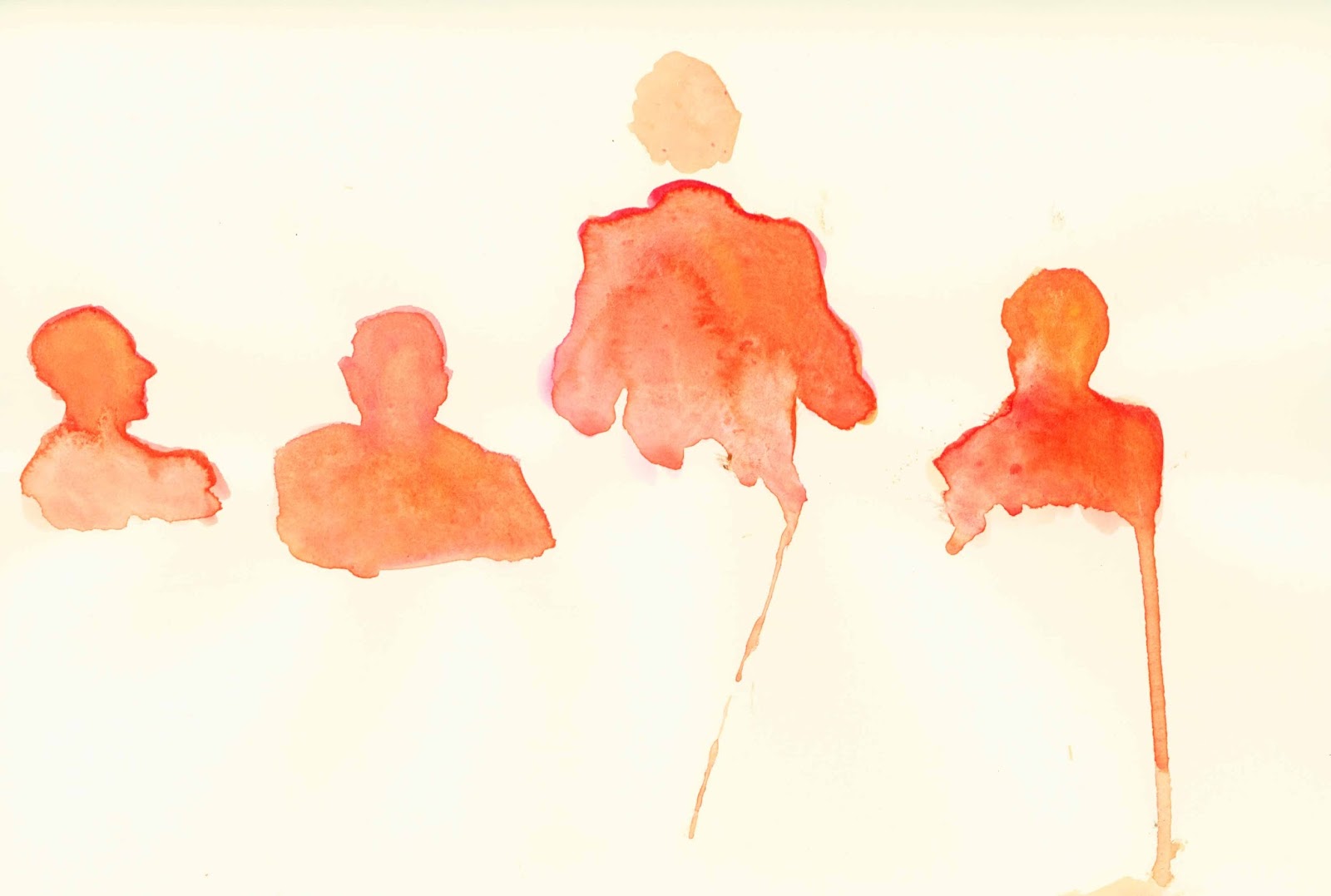The Met’s gang list is ‘chaotic’ and ‘racially discriminatory’, says Amnesty
Police are labelling people – almost exclusively black – as potential gang members, based on vague definitions and little evidence. Amnesty International has published a damning report, called Trapped in the Matrix, into the little-known database of suspected gang members used by the Metropolitan police.
The report presents much evidence challenging the assumed relationship between youth violence and policing of gangs. It also reveals how the labelling of those, almost exclusively from the black community, as ‘gang nominals’ is often based on hunches and has left Britain breaking its human rights obligations. The stigma can lead to criminalisation, imprisonment, exclusion from school, eviction from home, removal of children and deportation.
The Metropolitan Police Service’s gang-mapping database, known as the Gangs Matrix, was launched in 2012 as part of a response to the London riots. It lists individuals with each given an automated violence ranking of green, amber or red. Some 3,806 people were on the matrix, with 5% in the red category, assessed as having the highest risk of committing violence, and 64% in the green, the lowest. The youngest person on the Matrix is 12 years old; 99% of those listed are male; and 1,500 people are on the list who police had assessed as posing no danger of committing violence.
The findings showed that of those on the matrix, 78% were black and 9% from other ethnic minorities. This compared with the police figures stating that only 27% of those behind violence in London were black. About 13% of London’s population is black. The Mayor’s Office for Policing and Crime found that more than 80% of all knife-crime incidents resulting in injury to a victim aged under 25 in London were deemed to be non-gang-related.
The Met Police has said the matrix helped ‘prevent young lives being lost’. Police in Greater Manchester, Nottingham and the West Midlands are understood to use similar lists.
Patrick Williams and Becky Clarke, senior lecturers at Manchester Metropolitan University, were asked by Manchester city council to profile those in gangs alongside those who had committed serious youth violence. They found that while serious youth violence occurs in all communities, the approach to policing gangs targets the black community almost exclusively. Three-quarters of those convicted of youth violence were white; nine out of 10 individuals on the Manchester gangs list were black or minority ethnic.
Clarke argues in an article for the Guardian that the current practice of identifying and flagging young black men as potential gang members is a result of the the government’s Ending Gang and Youth Violence policy. Therefore, there could be as many as 52 local authorities implementing such policies.
Kate Allen, Amnesty International UK’s Director, said:
‘It’s part of an unhelpful and racialised focus on the concept of gangs. Put simply, it’s the wrong tool for the wrong problem… The entire system is racially discriminatory, stigmatising young black men for the type of music they listen to or their social media behaviour, and perpetuating racial bias with potential impacts in all sorts of areas of their lives.’
Allen said Amnesty had stumbled on to the problems during discussions with officers about the increasing role technology was playing in law enforcement. She said Met officers had alerted Amnesty International by expressing their own concerns over the tactic. One Met Police officer told them: ‘Gangs are, for the most part, a complete red herring… fixation with the term is unhelpful at every level.’
The charity’s report found a ‘chaotic and inconsistent’ approach to adding individuals to the matrix between London boroughs. Police gather various intelligence including history of violent crime, entries on social media and information from bodies including local councils. They then use a secret algorithm to calculate a risk of harm score. Amnesty claimed the Met was putting people on the matrix in some cases because it mistook cultural preferences, such as the music people listened to or shared, for criminality. It also claimed officers were using social media networks without a warrant to gather intelligence from those under suspicion.
The report warned that there is a very low threshold for getting added to the Matrix, with only two pieces of ‘verifiable intelligence’ without a clear guidance or criteria being needed. There is a very wide discretion given to both police and various other partner agencies – including housing associations, job centres and youth services – resulting in people who have never been involved with violent crime being registered.
Haphazard
The concept of a gang member is vague and based on racialised notions, Amnesty’s report finds. This means that the gang label is haphazardly used. Even being a victim of a crime can mean that the individual is placed on the matrix. If the police link the crime to a gang it is viewed by the Metropolitan Police as an indicator of a likelihood of ‘subsequently becoming drawn in to involvement in serious crime’.
These uncorroborated assumptions and the stigma of suspicion or guilt related to inclusion on the Matrix then stay, appearing as ‘flags’, on the systems of a range of partner agencies with a wide range of local services. The practice of issuing of eviction notices has been described as a routine tactic used to put pressure on a ‘nominal’. In Manchester, there has also been an increased use of ‘threat to life’ notices; one consequence of these can be the removal of children from the family home.
Officials reported to Amnesty a general pressure from the police in the Gangs Units to ‘keep people on’ the Matrix in case they later went on to commit a violent offence. The report found the processes surrounding review of inclusion on the Matrix inadequate given the sensitivity of the data held. James Dipple-Johnstone from the Information Commissioner’s Office said: ‘We are in contact with the Metropolitan Police Service as part of an investigation into their use of a gangs database.’
In practice, the label is disproportionately assigned to black men and boys, even where an individual’s offending profile is otherwise the same as a white individual who is not so labelled. Amnesty claims this reflects a historic pattern of over-policing of Black, Asian and minority ethnic (BAME) communities.
Stafford Scott, from The Monitoring Group, a campaigning organisation which challenges racism in policing, argues that the Gangs Matrix is counterproductive and further erodes trust in and the legitimacy of the police. He argued: ‘It doesn’t work, it just further marginalises this group of kids.’
Allen said that at a time of stretched police resources, the matrix was causing officers to monitor listed people who may not have committed any offences while criminals go free.
The article was first published on May 14, 2018







